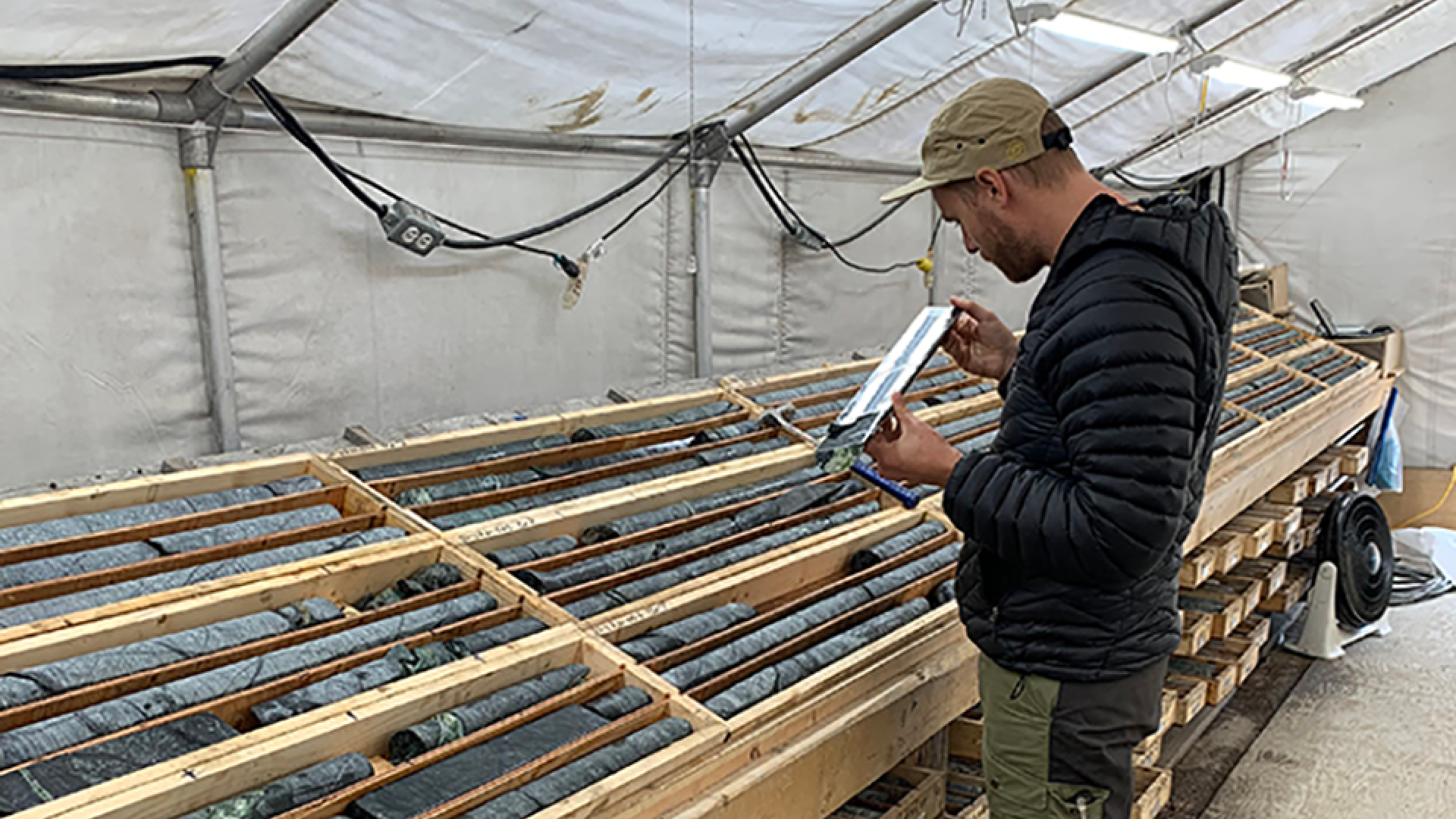
B.C. nickel project could lead the world in low-carbon production
A proposed nickel mine in central B.C. could become one of the world’s lowest-carbon producers, helping power Canada’s electric vehicle battery supply chain with clean energy from BC Hydro. Vancouver-based FPX Nickel Corp’s Baptiste Nickel Project aims to use awaruite—a low-sulphur nickel-iron mineral that doesn’t require smelting—combined with clean electricity and electric trolley-assist trucks to drastically reduce emissions. If approved, the project could begin production by 2031, operating for 29 years with an average output of 60,000 tonnes of nickel per year.
Ultra-low emissions and simplified processing
Baptiste’s estimated emissions are just 1.2 tonnes of CO₂ per tonne of nickel—nearly 50 times lower than the global average. That places it in the lowest 10% of global producers in an industry where most operations emit over 30 tonnes of CO₂ per tonne. In addition to its low carbon intensity, Baptiste could produce high-grade material suitable for both stainless steel and electric vehicle battery production, helping reduce reliance on carbon-heavy and ethically complex cobalt.
BC Hydro support paving the way
The project has been selected for B.C.’s Critical Minerals Office concierge service. BC Hydro is working with FPX on plans to connect the mine to the provincial grid. An economic study estimates the project could generate over 2,600 jobs during construction and 875 ongoing jobs, contributing $45 billion to Canada’s GDP over its lifetime.
A crucial piece of Canada’s EV battery strategy
Nickel is a vital component in EV batteries, and demand is projected to rise 50% by 2030. Baptiste’s clean, high-grade supply could play a significant role in the global shift to low-carbon transportation.
